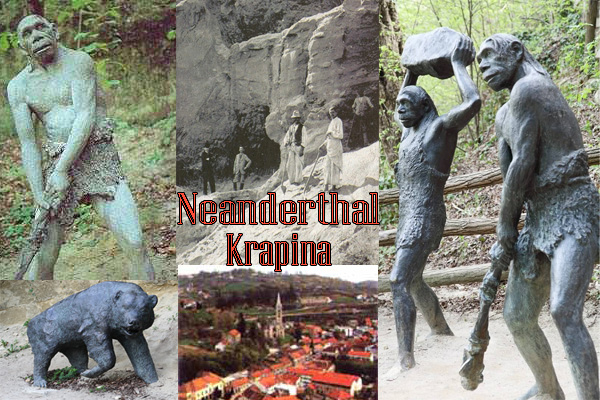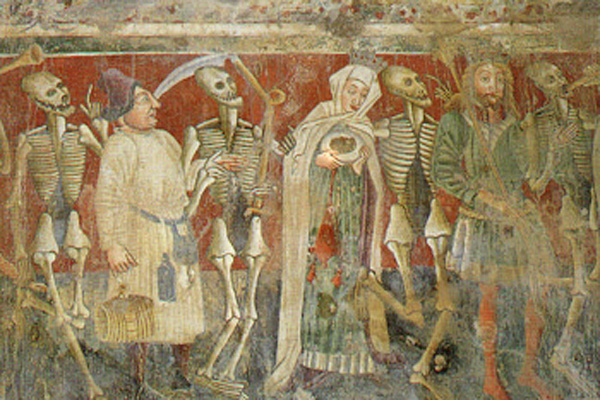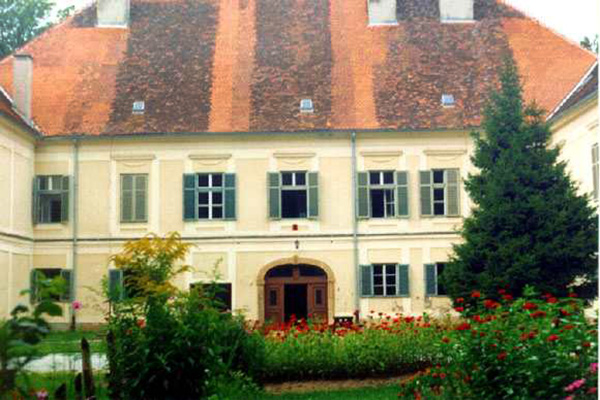Travel Croatia
HRVATSKO ZAGORJE
RomWell Travel Advisory
Neanderthal from Krapina
THE WORLD's LARGEST NEANDERTHAL FINDING SITE
The collection of the remains of the Krapina proto-human is a part of the world's scientific heritage, and it represents one of the largest collections of remains of the fossil man found ever in one spot.
The Krapina proto-human, scientifically known as Homo sapiens neanderthalensis was discovered in 1899, at the time of geological and panteological explorations at the Husnjak hill in Krapina.
The excavations lasted six years (1899-1905) under the supervision of Professor Dragutin Gorjanović-Kramberger, a well-known Croatian geologist, paleontologist and paleoanthropologist. His works have made a significant contribution to European and world science of fossil man.
About nine hundred human fossil bones were found in the sandstone deposits of the 8-meter-high cave, which is the most numerous and richest collection of Neanderthal man collected in one locality. The fossil remains of at least 24 individuals (different sexes and ages 2 to 27 years), as well as bones of various animals are dating back about 130 000 years ago.
The archaeological site was protected as the first paleontological monument of nature in the Republic of Croatia (1961), and included in one of the richest Paleolithic habitats of Neanderthal man in Croatia and Europe. Next to the archaeological site is the Museum of Krapina Neanderthal. Visit this popular museum and discover the origin of life on Earth and the evolution of humankind.
Browse Croatian Travel Info
Find out more about Croatia...











